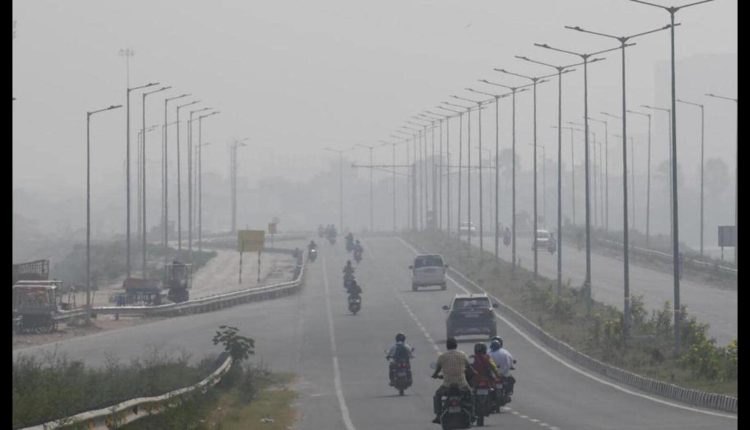Bihar’s air quality deteriorated to the season’s worst on Friday as three towns in the state recorded “severe” air quality index (AQI), which was also the worst in the entire country.
As per the national bulletin of the Central Pollution Control Board (CPCB) issued at 4 pm, Motihari and Siwan recorded “severe” AQI at 418 and 412, respectively.
Bettiah, the headquarter town of West Champaran district, which recorded AQI of 395 at 4 pm, also slipped to “severe” category with 403 after 5 pm.
Incidentally, Motihari, Siwan and Bettiah were the only cities from Bihar with “severe” AQI among 177 cities spread across the country.
The CPCB classifies an AQI of zero to 50 as “good”, 51-100 as “satisfactory”, 101-200 as “moderate”, 201-300 as “poor”, 301-400 as “very poor” and above 401 as “severe”.
Experts say severe air quality affects healthy people and seriously impacts those with existing diseases.
According to the bulletin, at least 10 towns from Bihar, including Muzaffarpur, Darbhanga, Begusarai, Saharsa, Chapra, Purnea and Katihar, recorded “very poor” AQI with index value ranging between 310 to 390.
Patna’s AQI remained slightly better at 235, but still in “poor” category. Other towns, including Biharsharif, Munger and Hajipur, also remained in the “poor” category while Ara, Sasaram, Gaya and Rajgir stood in “moderate” category.
Bihar State Pollution Control Board’s chairman Ashok Ghosh said the state’s geographical location is responsible for deterioration of AQI. He said the addition of new monitoring stations is revealing comprehensive data regarding air quality.
“If we compare the AQI of south and north Bihar, we find it is worse in the north region than southern districts. The northern districts face flood every year and silt is deposited there after the flood recedes. Silt is lighter than alluvial soil and rises in the atmosphere adding to air pollution,” he said.
“Earlier, we had air monitoring stations limited to only three cities of Patna, Gaya and Muzaffarpur. However, the number has increased to 35 across 22 districts this year. The addition of monitoring stations is useful for understanding the status of air pollution for the entire state,” Ghosh said.
He said the current clean air action plan is implemented in only three cities, which is not adequate for reducing air pollution across the state.
“Air is not compartmentalised, it blows in continuity. We need to prepare a mitigation plan for the entire state for minimising overall air pollution,” Ghosh said.


